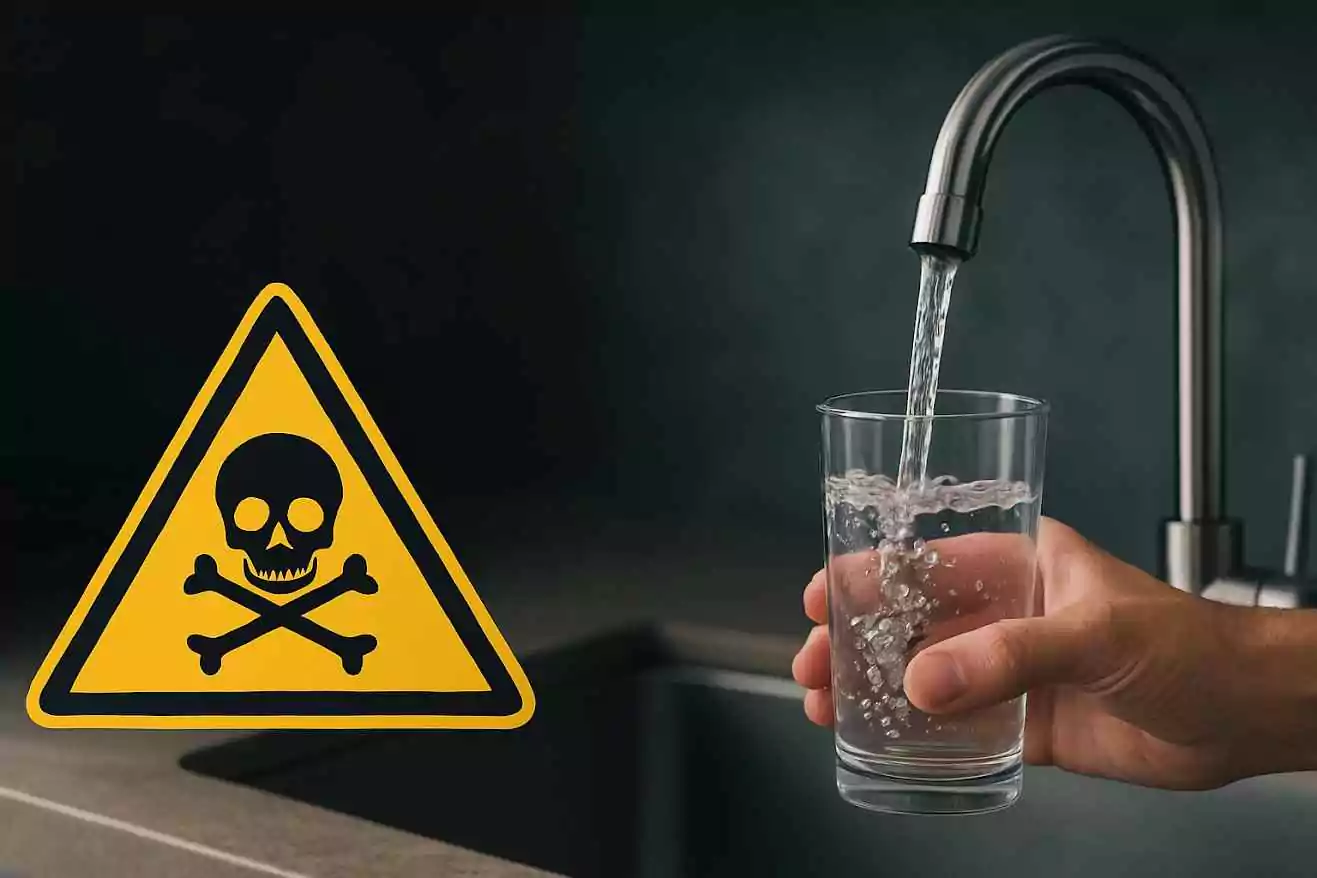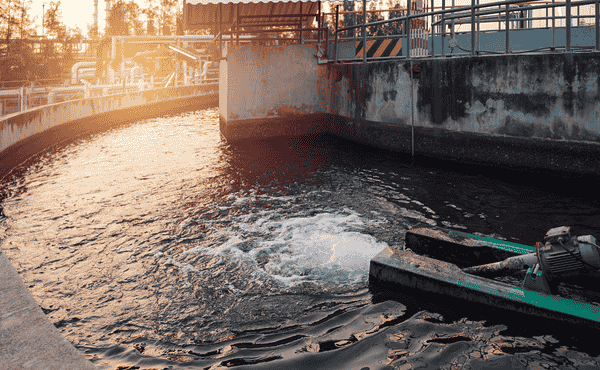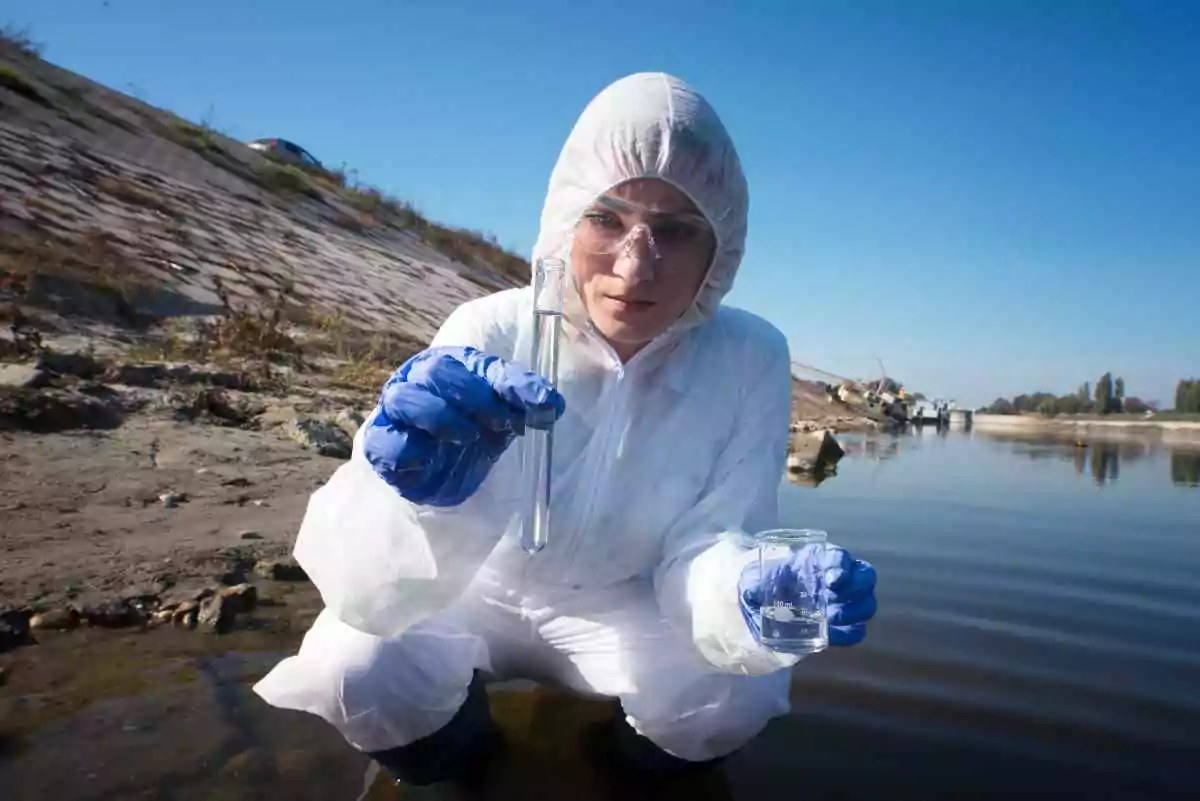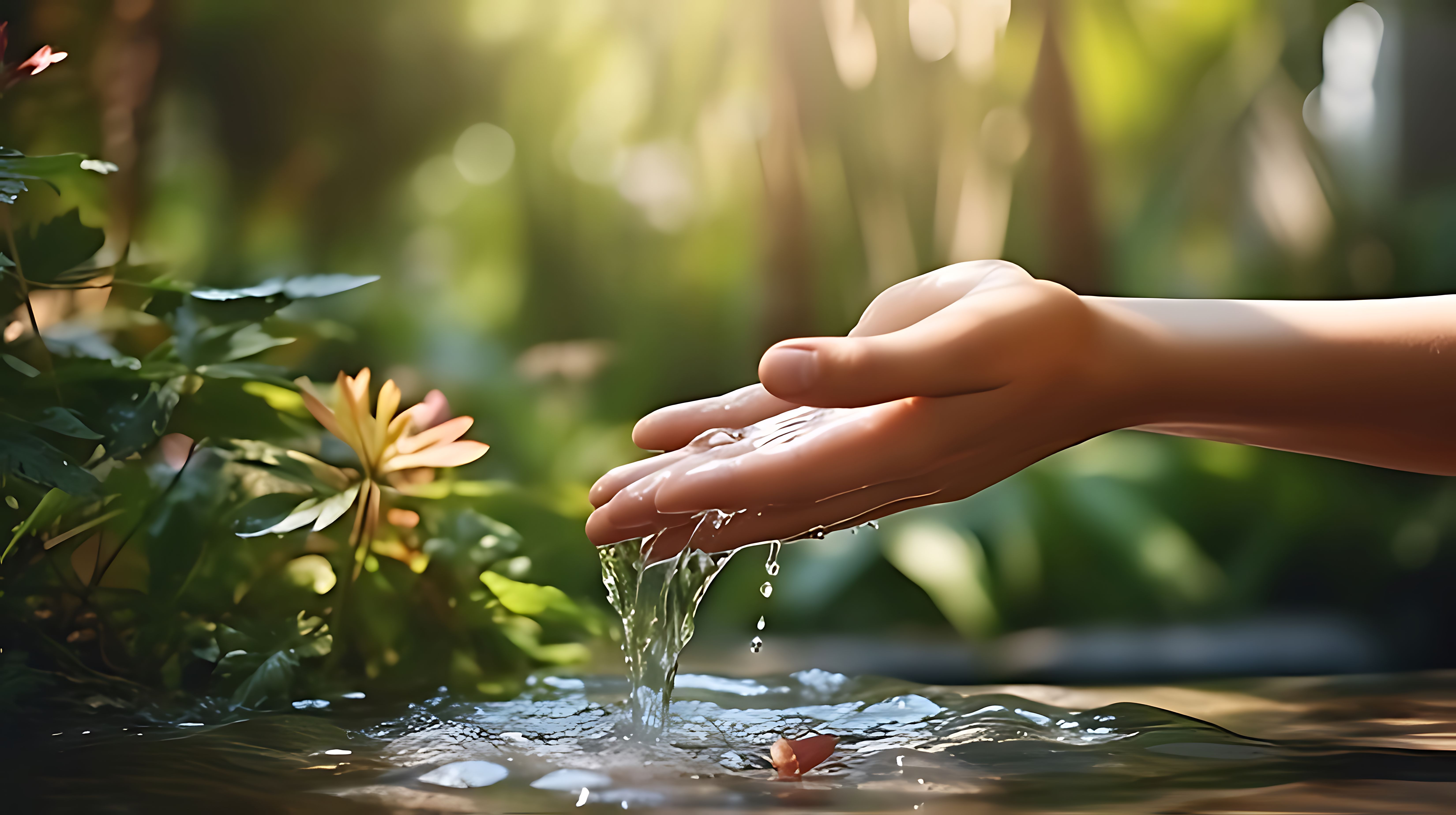TDS in Drinking Water: A Hidden Risk for QA Careers
Behind every failed quality check might be a glass of water. TDS in drinking water is the silent flaw QA teams rarely see coming.
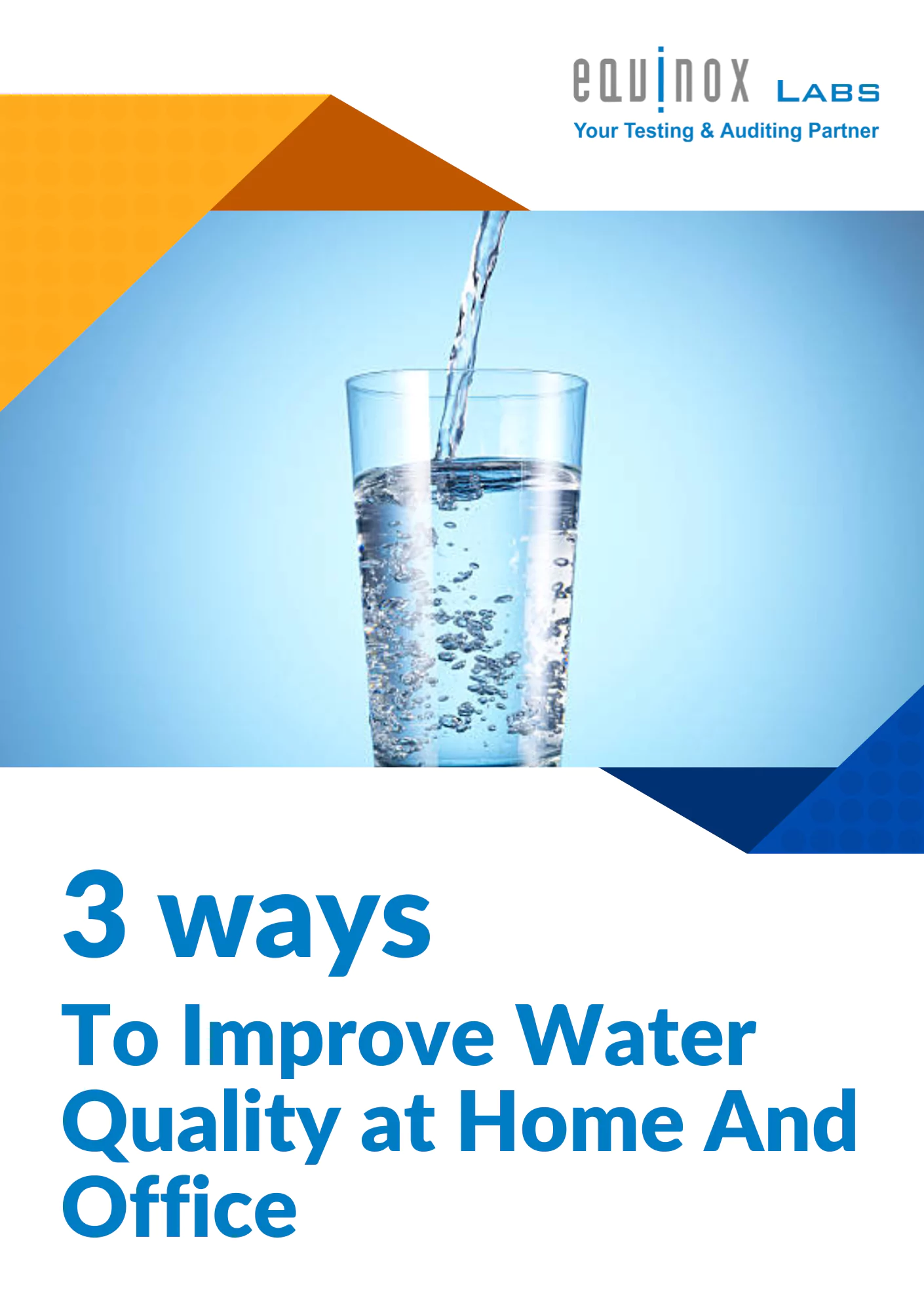
3 Ways to Improve Water Quality at Home and Office
Implement a regular water testing schedule to monitor the quality of the water at both home and office.
Improve Your Water Today – Free Download
For Quality Assurance (QA) professionals, success depends on controlling variables, ensuring consistency, and meeting rigorous standards. But what if one of the most critical factors affecting product quality was coming straight from your tap? We're talking about TDS in drinking water – a silent disruptor that could be compromising not only product integrity but also your professional credibility.
Whether you're in food processing, pharmaceuticals, manufacturing, or facility management, understanding the Total Dissolved Solids (TDS) in your water source is no longer optional. It's essential.

What is TDS and Why Should QA Professionals Care?
Total Dissolved Solids (TDS) refers to the concentration of dissolved substances like salts, minerals, metals, and organic matter in water. While many of these components are naturally occurring, elevated levels can alter taste, react with production materials, and affect chemical processes.
TDS is usually measured in milligrams per liter (mg/L) or parts per million (ppm). In India, the Bureau of Indian Standards (BIS) recommends that the TDS for drinkable water should not exceed 500 ppm. However, the optimal or good TDS for drinking water lies somewhere between 150-300 ppm, depending on the specific application and health requirements.
As a QA professional, the impact of inconsistent water quality can cascade through every process, be it formulation, equipment maintenance, or compliance testing.
Hidden Risks of Ignoring TDS in QA Processes
Here’s how ignoring TDS in drinking water can jeopardize your QA strategy:
- Product Contamination: High TDS levels can carry unwanted impurities that taint raw materials, affect shelf life, or cause unexpected reactions in chemical processes
- Inconsistent Results: When water is a key ingredient or cleaning agent, unmonitored TDS can lead to batch inconsistencies, resulting in product rejection.
- Equipment Damage: Elevated TDS can leave mineral deposits in pipelines, reactors, and boilers, leading to corrosion, fouling, and reduced efficiency.
- Regulatory Non-Compliance: Water used in production is subject to scrutiny by regulatory bodies. Failure to maintain acceptable TDS levels can attract penalties and erode brand trust.
- Customer Complaints: Changes in taste, texture, or visual quality are often traced back to water inconsistencies, which can tarnish your brand and credibility.
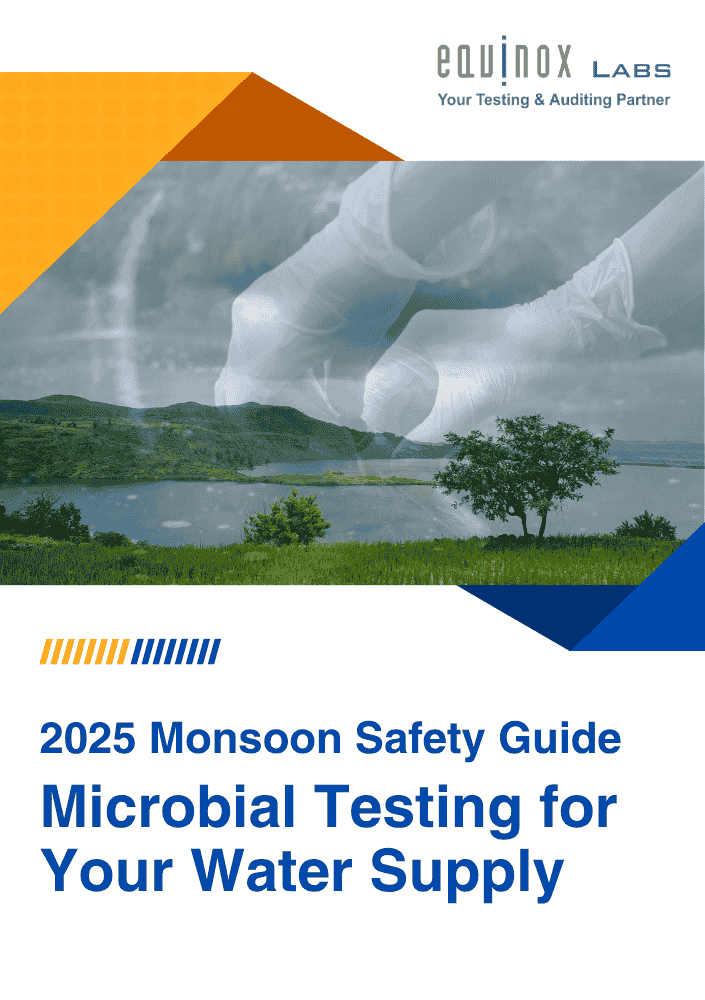
2025 Monsoon Safety Guide: Microbial Testing for Your Water Supply
Stay safe this monsoon by understanding microbial water risks. Learn about contaminants, testing methods, and how to ensure safe water—at home or work.
Download the Guide & Protect Your WaterReal-World Scenarios Where TDS Matters
- Food Industry: In food processing units, water is used for cleaning, processing, and sometimes even as a direct ingredient. TDS can affect taste and texture, making water quality testing crucial.
- Pharmaceuticals:The purity of water used in formulations must meet pharmacopeia standards. Even slight TDS deviations can invalidate entire production batches.
- Beverage Production: For breweries and bottled water manufacturers, the balance of minerals (TDS) is everything. It can make or break product consistency.
- Facility Management: Building QA teams often overlook TDS when evaluating water used in HVAC systems or kitchens. Over time, this oversight results in complaints, system breakdowns, and loss of credibility.
How to Monitor and Manage TDS Effectively?
To manage TDS, QA teams need a structured water monitoring plan. Here’s how:
1. Conduct Regular Water Testing
Frequent and systematic water testing is the cornerstone of good quality assurance. It ensures that every drop entering your process meets set standards. Use water testing kits for quick checks and rely on accredited labs for detailed and reliable analysis.
Search online for water testing labs near me to find certified laboratories that offer professional sampling and comprehensive reporting.
2. Understand the Right Tests for Water
Different processes require different parameters. While general TDS levels are a starting point, additional tests for water might include:
- pH balance
- Hardness
- Heavy metals (lead, mercury)
- Microbial load
- Chloride and sulfate levels
Knowing which test for water is relevant to your industry helps in building a focused water quality control plan.
3. Use a Reliable TDS Water Tester
For daily monitoring, QA teams should be equipped with a TDS water tester. It gives instant readings and helps catch deviations early. Look for digital meters that are easy to calibrate and maintain.
4. Evaluate Your Water Source
TDS levels can fluctuate depending on the water supply near me, especially in urban areas where groundwater, municipal supply, and tanker water are often used interchangeably. Each source comes with its own set of risks.
If your facility relies on borewell water, chances are that TDS levels are higher due to dissolved salts and heavy metals. Municipal water, while treated, may still carry impurities from aging pipelines. QA teams must keep an eye on the source-to-process journey of water.
5. Implement a Preventive Action Plan
Once high TDS levels are detected, corrective steps must be taken:
- Install Reverse Osmosis (RO) systems or deionization units
- Schedule routine system flushing and descaling.
- Set TDS thresholds in your QA SOPs.
- Conduct regular audits and maintain water logs for compliance.
Why QA Professionals Must Lead the TDS Conversation?
In many organizations, water testing is seen as an engineering or maintenance responsibility. But when water affects quality directly, QA teams must take ownership.
You’re not just ticking boxes for compliance, you’re protecting your brand. Ensuring the good TDS for drinking water isn’t just about purity; it’s about performance, consistency, and trust.
By embedding TDS monitoring into the QA framework, professionals can:
- Preempt recalls and rejections.
- Strengthen documentation for audits.
- Improve cross-functional communication.
- Train teams on SOP adherence.
- Elevate their role from executor to strategic quality partner.
Choosing the Right Partners for Water Quality Assurance
Working with reputed water testing labs nearby is essential for unbiased, high-quality reports. Partnering with certified organizations like Equinox Labs ensures:
- Timely sampling and analysis
- Industry-specific parameters
- Digital access to reports
- Expert interpretation and consulting
Whether it’s a one-time analysis or an annual contract, having a professional lab on board gives QA leaders the data they need to take timely action.
How Equinox Labs Supports QA Teams?
At Equinox Labs, we understand that quality assurance goes beyond the four walls of a lab. Our advanced water quality testing services are designed to support QA teams across industries from food to pharma and beyond.
Our approach includes:
- On-site sample collection
- Comprehensive testing for TDS and other parameters
- Industry-compliant reporting
- Consultation on mitigation strategies
We also offer support in interpreting results and modifying SOPs accordingly. Plus, our water testing services help QA professionals monitor TDS.
Final Thoughts
In the world of quality assurance, small oversights can snowball into serious issues. TDS in drinking water may seem like a minor variable, but it holds the power to disrupt processes, ruin products, and shake brand credibility.
QA professionals who recognize and respond to this hidden risk not only ensure smoother operations but also future-proof their careers. Don’t let water be the weak link in your quality chain.
Because when it comes to quality, everything matters – including what’s in your water.
Want peace of mind with every drop?
FAQs
-
What is TDS in quality assurance?
In quality assurance, TDS (Total Dissolved Solids) reflects the level of dissolved minerals, salts, and metals in water. It directly impacts product purity, safety, and consistency, especially in food, pharma, and lab testing. QA teams rely on TDS data to maintain compliance and protect brand reputation. -
What is the TDS of drinking water quality standards?
As per BIS (IS 10500), the acceptable TDS limit for drinking water is 500 mg/L. However, a TDS between 150–300 mg/L is often considered ideal for both taste and safety. Beyond 500, water may affect health, plumbing, and product quality. -
Is TDS in water bad for you?
Not always – TDS includes essential minerals like calcium and magnesium. But excessive TDS (above 500 mg/L) can introduce harmful salts or metals. It’s not about zero TDS – it’s about balanced TDS. -
Is 25 TDS safe for RO water?
Yes, 25 TDS is safe, but too low for regular drinking. Ultra-low TDS means the water lacks beneficial minerals like calcium or magnesium. Ideal drinking water should have a TDS between 150–300 mg/L for health and taste.

